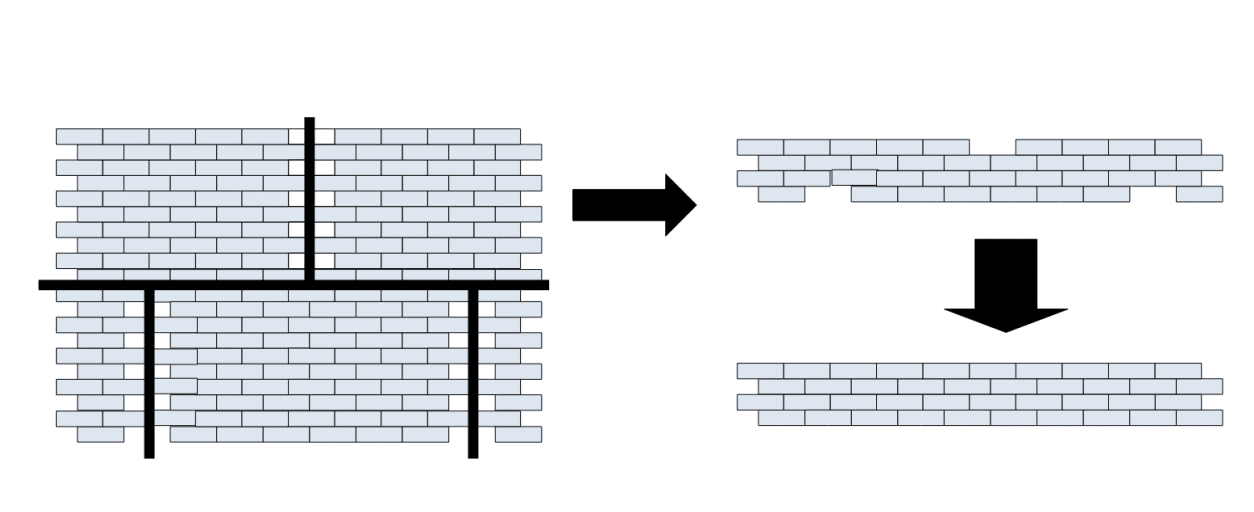The pursuit of understanding how quickly complex quantum systems settle into predictable randomness drives much current research in quantum information science. Nicholas Laracuente from the University of Chicago, along with colleagues, now demonstrates that this convergence happens surprisingly rapidly, even in relatively simple quantum circuits. The team proves that just a few layers of a parallel random circuit, operating on a variety of architectures including one-dimensional networks, exhibits a rapid decay in its ‘relative entropy’, a measure of distinguishability from true randomness. This finding establishes that achieving approximate k-designs, random processes resembling complex quantum circuits, requires only a shallow depth of operations, and importantly, does not necessitate highly structured circuit designs. The research resolves a long-standing question about the role of circuit architecture in achieving efficient convergence, and introduces novel techniques for analysing the evolution of quantum systems that may prove valuable in other contexts.
Random Quantum Circuits Approximate Unitary Designs
This research investigates how random quantum circuits efficiently approximate unitary designs, crucial for implementing complex quantum operations using minimal resources. Researchers explore the mathematical tools, including entropy, information theory, and functional inequalities, needed to prove these properties and define the conditions under which these circuits are practical. The work also addresses limitations, such as the barren plateau problem, which can hinder optimization processes. The core of this work centers on examining the behavior and statistical properties of random quantum circuits, demonstrating their ability to generate complex quantum states and approximate unitary designs with high accuracy.
Researchers measure the quality of this approximation and the relationship between circuit depth and the level of approximation achieved, employing entropy measures, logarithmic Sobolev inequalities, and concentration of measure. This research program establishes a theoretical foundation for understanding random quantum circuits and their potential for efficient quantum computation, determining how these circuits can implement arbitrary quantum operations and developing the necessary mathematical tools. Nicholas Laracuente contributes by exploring shallow, low-communication circuits that achieve strong performance.
Random Circuit Convergence and Entropy Decay
Scientists are investigating how quickly random quantum circuits converge to a state resembling true randomness, focusing on the impact of circuit depth on this process. They developed a method for quantifying the multiplicative decay of relative entropy, allowing for more precise measurement of convergence rates than previous techniques. The team conducted experiments using parallel random circuits, including the one-dimensional ‘brickwork’ architecture, demonstrating a specific rate of convergence achieving a strong data processing inequality (SDPI) of O(1/k polylog k × log n) per layer, where ‘n’ represents the number of qubits and ‘k’ is a parameter related to the desired level of randomness. This analysis extended to more general connectivity graphs, showing that a single layer of random gates achieves O(1/k polylog k × n log n)-SDPI, demonstrating efficient convergence even with less structured connectivity. The team rigorously established these bounds by analyzing the decay of relative entropy.
Rapid Randomness in Shallow Quantum Circuits
Scientists have demonstrated that random quantum circuits converge to approximate k-designs, essential for quantum computation and coding, with remarkably shallow depth. The research establishes that a constant number of layers in a parallel random circuit, even with simple architectures like one-dimensional ‘brickwork’ connectivity, exhibits O(1 / log n) per-layer multiplicative entropy decay, where n represents the number of qudits. This means the circuits become increasingly random with each layer, rapidly approaching the properties of a truly random unitary transformation. Experiments reveal that on general connectivity graphs of bounded degree, randomly placed gates achieve O(1 / n log n) decay, consistent with logarithmic depth convergence. These findings demonstrate that random circuit ensembles with O(polylog(n)) depth approximate k-designs in diamond norm, challenging previous assumptions about the necessity of specific architectures. Measurements show that the observed entropy decay directly implies convergence to k-designs, with the rate of decay linked to the number of layers needed to achieve a desired level of approximation.
Rapid Randomness Achieved in Simple Quantum Circuits
Researchers have demonstrated that random quantum circuits converge to a state resembling complete randomness surprisingly quickly, even with limited architectural structure. The team proved that a small number of layers in a parallel random circuit exhibits a rapid decay in entropy, specifically achieving a rate of O(1/log n) per layer, indicating that simpler designs can be equally effective. Furthermore, the research extends to general connectivity graphs, showing that randomly placed gates achieve a similar rate of decay, consistent with convergence in logarithmic depth. These results demonstrate that random circuit ensembles with a relatively shallow depth approximate k-designs, crucial for certain quantum algorithms and simulations. The team’s approach utilizes techniques related to relative entropy recombination, offering a novel method for analyzing the convergence of quantum circuits. While the study acknowledges that the analysis relies on specific assumptions, the findings provide valuable insights into the fundamental properties of random quantum circuits and their potential for practical applications.

